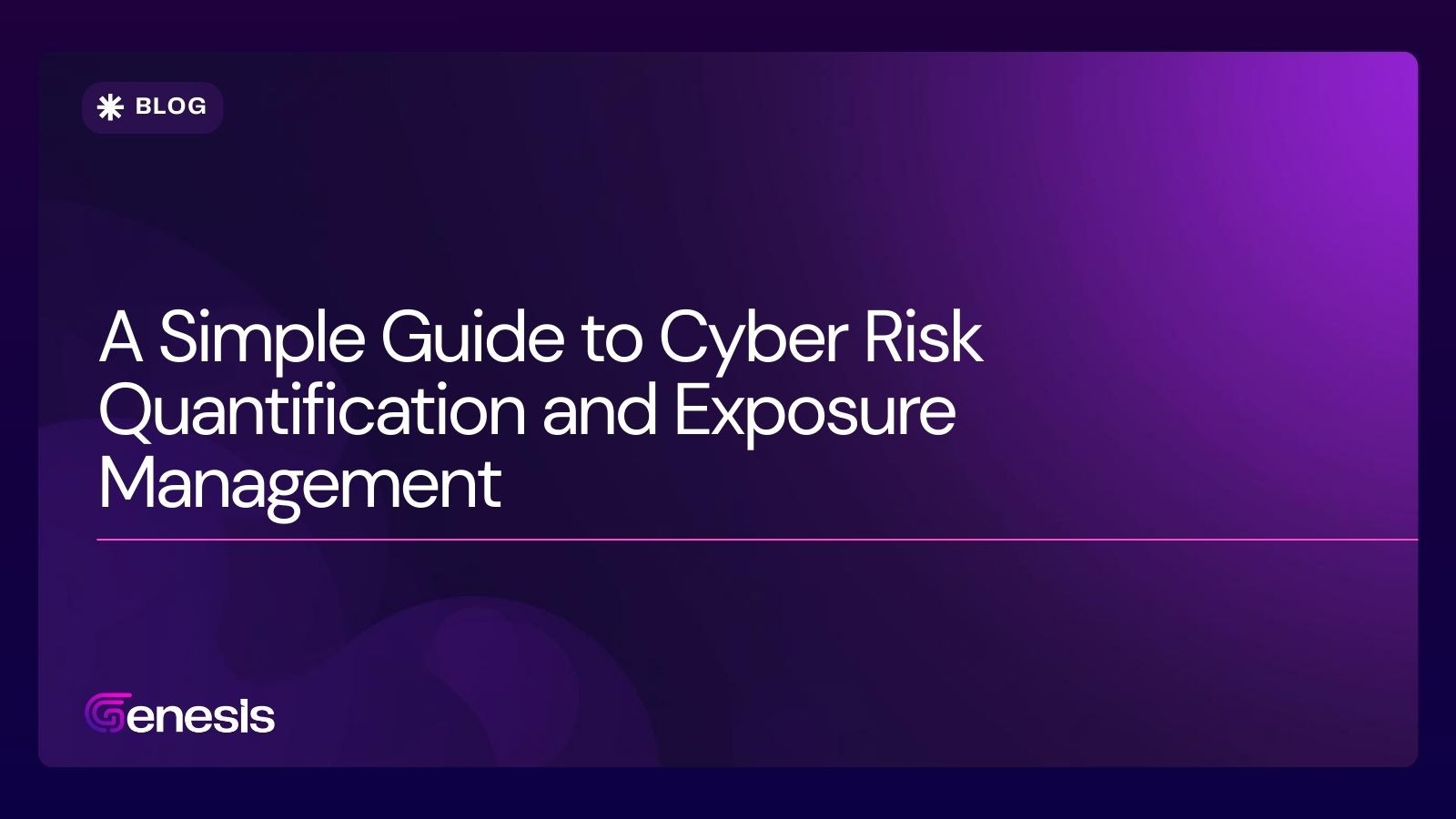Aug 19, 2024

Tanay Rai
Cybersecurity tools like Security Information and Event Management (SIEM) and Intrusion Detection Systems (IDS) are crucial for protecting networks. Although they share the goal of enhancing security, they function fundamentally differently. This blog will help you understand these differences, providing a clearer picture of how each can contribute to a robust security strategy.
What is SIEM?
Security Information and Event Management (SIEM) systems are potent platforms designed to view an organization's security posture comprehensively. They achieve this by aggregating, analyzing, and correlating log data from various sources, including network devices, servers, applications, and security tools. This aggregated data detects potential threats, facilitates incident response, and assists in forensic analysis post-incident.
Critical Attributes of SIEM:
Comprehensive Monitoring: SIEM systems gather and correlate security-related information from multiple sources, offering a unified view of potential threats across the entire IT environment. This broad perspective is crucial for detecting sophisticated attacks that may evade more straightforward detection methods.
Real-Time Threat Alerts: By continuously analyzing log data, SIEM platforms can generate real-time alerts for security teams, notifying them of potential breaches as they occur. This real-time capability is essential for timely intervention, potentially stopping attacks before they cause significant damage.
Detailed Forensics: SIEM retains vast amounts of data, which can be invaluable during forensic investigations. After an incident, security teams can analyze the stored data to understand the attack's nature, origin, and impact, thereby improving future defenses.
Advanced Integration: Modern SIEM solutions often integrate with other security technologies such as Extended Detection and Response (XDR), threat intelligence platforms, and orchestration tools. This integration enhances their ability to provide context-rich insights and automated responses to detected threats.
What is IDS?
Intrusion Detection Systems (IDS) are specialized tools designed to monitor network traffic or system logs to identify suspicious activities indicative of a security threat. IDS primarily focuses on detecting unauthorized access, abnormal behavior, or policy violations within a network or individual devices.
Types of IDS:
Network-based IDS (NIDS): Monitors network traffic in real time, analyzing data packets as they travel across the network. NIDS is particularly effective in detecting network-level threats such as Denial of Service (DoS) attacks, port scanning, and attempts to exploit network vulnerabilities.
Host-based IDS (HIDS): Installed on individual devices such as servers or workstations, HIDS monitors system logs, file integrity, and application activity. It is well-suited for detecting unauthorized access or malicious activities on specific hosts.
Critical Attributes of IDS:
Specific Monitoring: IDS systems are designed to detect and alert on particular anomalies or unauthorized activities in real time. They are highly effective at identifying known attack signatures such as those listed in a database of known threats.
Ease of Deployment: Compared to SIEM, IDS is less complex and more accessible to deploy. Organizations can quickly set up IDS to monitor critical assets without extensive configuration or integration with other systems.
Cost-Efficiency: IDS solutions are generally more affordable, making them ideal for organizations requiring specific monitoring capabilities without a comprehensive security system.
Comparing SIEM and IDS
While both SIEM and IDS aim to secure networks, they differ significantly in their approach, scope, complexity, cost, and integration capabilities.
Monitoring Scope:
SIEM: Provides a broad, aggregated perspective, correlating data from various sources to deliver a comprehensive security overview. This holistic view is precious in large, complex environments where threats may manifest subtly across different systems.
IDS: Focuses narrowly on detecting and responding to specific threats in real time. This targeted approach is ideal for scenarios where quick detection of particular attacks is critical.
Complexity:
SIEM: Requires significant resources to deploy, configure, and manage due to its comprehensive nature. SIEM systems often require a dedicated team to oversee their operation and interpret the vast amounts of data they generate.
IDS: Simpler and more straightforward to implement, focusing on specific monitoring tasks. IDS systems are typically easier to manage, making them suitable for organizations with limited security resources.
Cost:
SIEM: Generally more expensive, reflecting its extensive capabilities and the level of integration it offers. The cost includes the software and ongoing expenses related to storage, processing power, and skilled personnel.
IDS: More cost-effective, particularly for organizations with specific security needs that do not require a broad monitoring solution. IDS systems are a good choice for smaller organizations or those with limited budgets.
Integration:
SIEM: Often integrates with a wide range of other security technologies, offering greater flexibility and scalability. This integration is critical for organizations building a layered defense strategy that includes advanced threat detection, response automation, and compliance management.
IDS: Typically operates independently, focusing on real-time detection without extensive integration. While this may limit its capabilities in complex environments, it simplifies deployment and maintenance.
Deciding Between SIEM and IDS
Choosing between SIEM and IDS depends on your organization's specific needs, budget, and security priorities:
For Comprehensive Monitoring: SIEM is ideal for organizations that require a broad view of their security landscape, particularly those managing complex, multi-faceted IT environments. Large enterprises, financial institutions, and organizations with regulatory compliance requirements often benefit from the comprehensive capabilities of SIEM.
For Targeted Detection: IDS is better suited for environments where specific real-time monitoring is necessary and where simplicity and cost-efficiency are priorities. Smaller businesses, specific departments within larger organizations, or environments with focused security needs may find IDS the most appropriate solution.
Conclusion
Both SIEM and IDS are indispensable tools in a modern cybersecurity arsenal. SIEM offers a wide-ranging, integrated approach suitable for large organizations with complex security needs. At the same time, IDS provides focused real-time threat detection, ideal for targeted protection. By understanding the differences between these tools, organizations can choose the combination that best fits their security strategy, ensuring a robust defense against an ever-evolving threat landscape.







